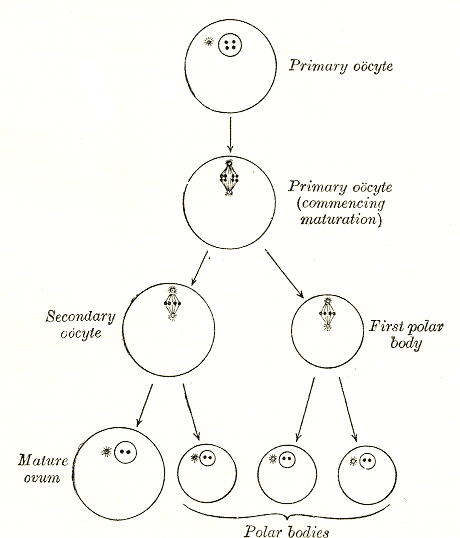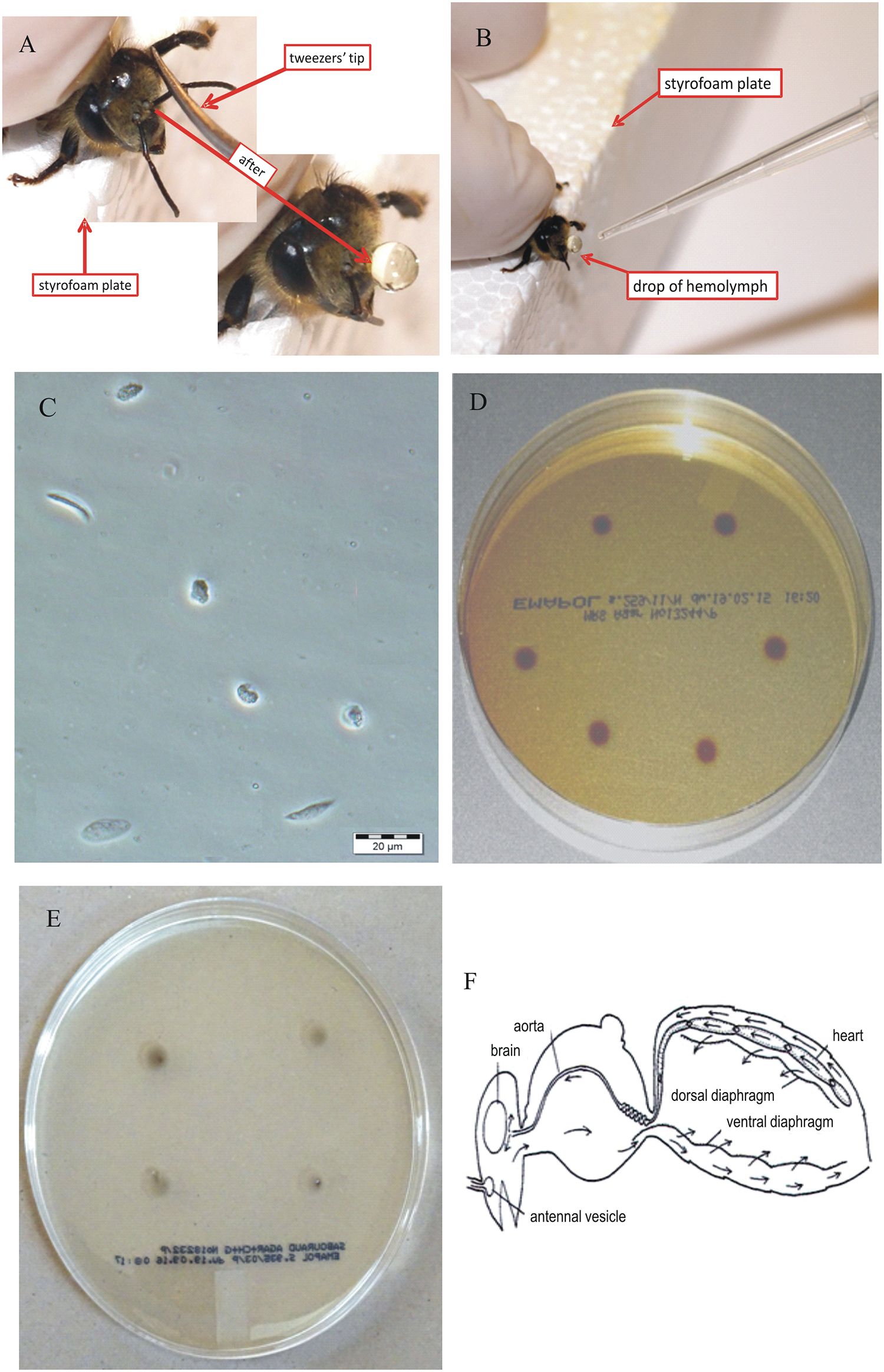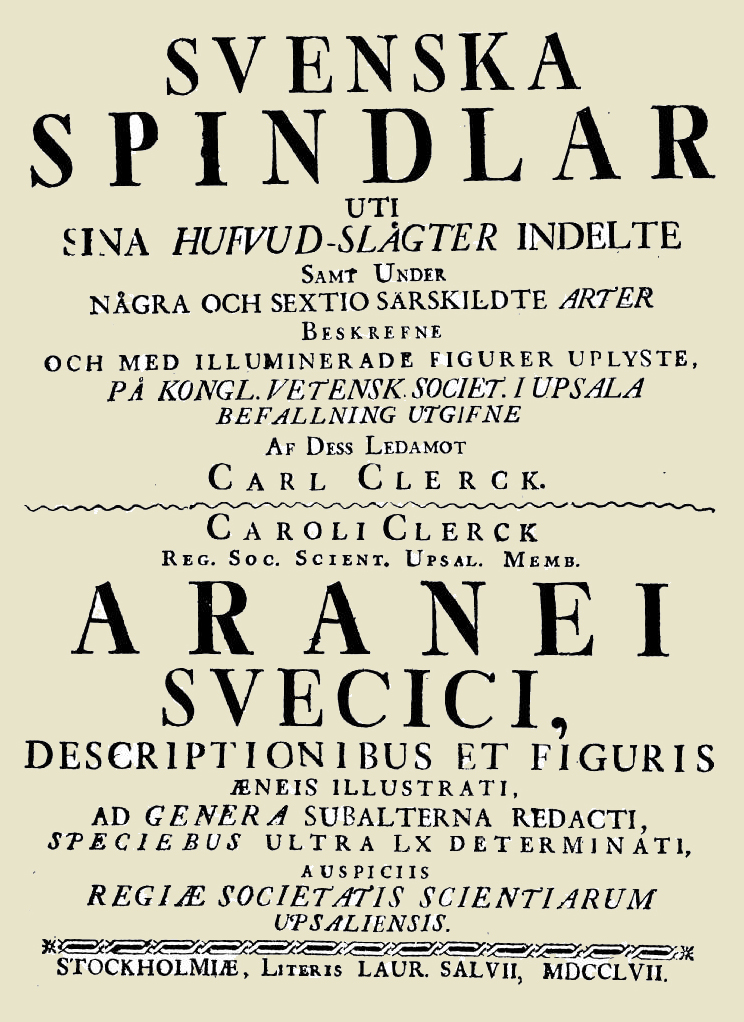|
Micrommata Virescens
''Micrommata virescens'', common name green huntsman spider, is a species of huntsman spiders belonging to the family Sparassidae. Distribution This species has a Palearctic distribution. It occurs naturally in Northern and Central Europe, including Denmark and Britain. Description In the females of ''Micrommata virescens,'' the body length can reach , while in the males it is about . The cephalothorax and the long legs of the females are bright green, with a lighter green abdomen showing a darker green median stripe. The eight eyes are arranged in two rows and surrounded by white hairs. Males are dark green-olive and have a narrower abdomen, with red sides and a red to red-brown median stripe bordered yellow. Young spiders have a yellow-brown cephalothorax, with dark marginal and median stripes. Only after the last molting in the following spring the juveniles assume the typical coloration of the adults. The green coloration is due to the bilin micromatabilin and its conj ... [...More Info...] [...Related Items...] OR: [Wikipedia] [Google] [Baidu] |
Carl Alexander Clerck
Carl Alexander Clerck (1709 – 22 July 1765) was a Sweden, Swedish entomologist and arachnology, arachnologist. Clerck came from a family in the petty Swedish nobility, nobility and entered the University of Uppsala in 1726. Little is known of his studies; although a contemporary of Carl Linnaeus, Linnaeus, it is unknown whether he had any contact with him during his time in Uppsala. His limited means forced him to leave university early and enter into government service, later ending up working in the administration of the City of Stockholm. His interest in natural history appears to have come at a more mature age, influenced by a lecture of Linnaeus he attended in Stockholm in 1739. In the following years he collected and categorized many spiders, published together with more general observations on the morphology and behaviour of spiders, in his ''Svenska Spindlar'' ("Swedish spiders", 1757, also known by its Latin subtitle, ''Aranei Suecici''). He also started the publication ... [...More Info...] [...Related Items...] OR: [Wikipedia] [Google] [Baidu] |
Micromatabilin
Micromatabilin, the green pigment of the spider species ''Micrommata virescens'', is characterized as a mixture of biliverdin Biliverdin (from the Latin for green bile) is a green tetrapyrrolic bile pigment, and is a product of heme catabolism.Boron W, Boulpaep E. Medical Physiology: a cellular and molecular approach, 2005. 984–986. Elsevier Saunders, United States. ... conjugates. The two isolated fractions have identical absorption bands (free base: 620–630 μm, hydrochloride: 690 μm, zinc complex: 685–690 μm). Chromic acid degradation yields imides I, II, IIIa, and IIIb. Differences in the non-hydrolytic degradation and in polarity lead to the conclusion that fraction 1 is a monoconjugate and fraction 2a diconjugate of biliverdin. References Biological pigments Tetrapyrroles {{biochem-stub ... [...More Info...] [...Related Items...] OR: [Wikipedia] [Google] [Baidu] |
Spiders Described In 1757
Spiders (order Araneae) are air-breathing arthropods that have eight limbs, chelicerae with fangs generally able to inject venom, and spinnerets that extrude silk. They are the largest order of arachnids and rank seventh in total species diversity among all orders of organisms. Spiders are found worldwide on every continent except Antarctica, and have become established in nearly every land habitat. , 53,034 spider species in 136 families have been recorded by taxonomists. However, there has been debate among scientists about how families should be classified, with over 20 different classifications proposed since 1900. Anatomically, spiders (as with all arachnids) differ from other arthropods in that the usual body segments are fused into two tagmata, the cephalothorax or prosoma, and the opisthosoma, or abdomen, and joined by a small, cylindrical pedicel. However, as there is currently neither paleontological nor embryological evidence that spiders ever had a separate th ... [...More Info...] [...Related Items...] OR: [Wikipedia] [Google] [Baidu] |
Spiders Of Europe
Spiders (order Araneae) are air-breathing arthropods that have eight limbs, chelicerae with fangs generally able to inject venom, and spinnerets that extrude silk. They are the largest order of arachnids and rank seventh in total species diversity among all orders of organisms. Spiders are found worldwide on every continent except Antarctica, and have become established in nearly every land habitat. , 53,034 spider species in 136 families have been recorded by taxonomists. However, there has been debate among scientists about how families should be classified, with over 20 different classifications proposed since 1900. Anatomically, spiders (as with all arachnids) differ from other arthropods in that the usual body segments are fused into two tagmata, the cephalothorax or prosoma, and the opisthosoma, or abdomen, and joined by a small, cylindrical pedicel. However, as there is currently neither paleontological nor embryological evidence that spiders ever had a separate ... [...More Info...] [...Related Items...] OR: [Wikipedia] [Google] [Baidu] |
Diurnality
Diurnality is a form of plant and ethology, animal behavior characterized by activity during daytime, with a period of sleeping or other inactivity at night. The common adjective used for daytime activity is "diurnal". The timing of activity by an animal depends on a variety of environmental factors such as the temperature, the ability to gather food by sight, the risk of predation, and the time of year. Diurnality is a cycle of activity within a 24-hour period; cyclic activities called circadian rhythms are endogenous cycles not dependent on external cues or environmental factors except for a zeitgeber. Animals active during twilight are crepuscular, those active during the night are nocturnal and animals active at sporadic times during both night and day are cathemerality, cathemeral. Plants that open their flowers during the daytime are described as diurnal, while those that bloom during nighttime are nocturnal. The timing of flower opening is often related to the time at whic ... [...More Info...] [...Related Items...] OR: [Wikipedia] [Google] [Baidu] |
Oocyte
An oocyte (, oöcyte, or ovocyte) is a female gametocyte or germ cell involved in reproduction. In other words, it is an immature ovum, or egg cell. An oocyte is produced in a female fetus in the ovary during female gametogenesis. The female germ cells produce a primordial germ cell (PGC), which then undergoes mitosis, forming oogonia. During oogenesis, the oogonia become primary oocytes. An oocyte is a form of genetic material that can be collected for cryoconservation. Formation The formation of an oocyte is called oocytogenesis, which is a part of oogenesis. Oogenesis results in the formation of both primary oocytes during fetal period, and of secondary oocytes after it as part of ovulation. Characteristics Cytoplasm Oocytes are rich in cytoplasm, which contains yolk granules to nourish the cell early in development. Nucleus During the primary oocyte stage of oogenesis, the nucleus is called a germinal vesicle. The only normal human type of secondary oocyte has the ... [...More Info...] [...Related Items...] OR: [Wikipedia] [Google] [Baidu] |
Interstitial Fluid
In cell biology, extracellular fluid (ECF) denotes all body fluid outside the Cell (biology), cells of any multicellular organism. Body water, Total body water in healthy adults is about 50–60% (range 45 to 75%) of total body weight; women and the obese typically have a lower percentage than lean men. Extracellular fluid makes up about one-third of body fluid, the remaining two-thirds is intracellular fluid within cells. The main component of the extracellular fluid is the #Interstitial fluid, interstitial fluid that surrounds cells. Extracellular fluid is the internal environment of all multicellular organism, multicellular animals, and in those animals with a blood circulatory system, a proportion of this fluid is blood plasma. Plasma and interstitial fluid are the two components that make up at least 97% of the ECF. Lymph makes up a small percentage of the interstitial fluid. The remaining small portion of the ECF includes the transcellular fluid (about 2.5%). The ECF ca ... [...More Info...] [...Related Items...] OR: [Wikipedia] [Google] [Baidu] |
Haemolymph
Hemolymph, or haemolymph, is a fluid, similar to the blood in invertebrates, that circulates in the inside of the arthropod's body, remaining in direct contact with the animal's tissues. It is composed of a fluid plasma in which hemolymph cells called hemocyte (invertebrate immune system cell), hemocytes are dispersed. In addition to hemocytes, the plasma also contains many chemicals. It is the major tissue type of the open circulatory system characteristic of arthropods (for example, arachnids, crustaceans and insects). In addition, some non-arthropods such as mollusks possess a hemolymphatic circulatory system. Oxygen-transport systems were long thought unnecessary in insects, but ancestral and functional hemocyanin has been found in the hemolymph. Insect "blood" generally does not carry hemoglobin, although hemoglobin may be present in the tracheal system instead and play some role in respiration. Method of transport In the grasshopper, the closed portion of the system ... [...More Info...] [...Related Items...] OR: [Wikipedia] [Google] [Baidu] |
Conjugation (biochemistry)
Bioconjugation is a chemical strategy to form a stable Covalent bond, covalent link between two molecules, at least one of which is a biomolecule. Methods to conjugate biomolecules are applied in various field, including medicine, diagnostics, biocatalysis and materials. Synthetically modified biomolecules can have diverse functionalities, such as tracking cellular events, revealing enzyme function, determining protein biodistribution, Imaging science, imaging specific biomarkers, and delivering Pharmaceutical drug, drugs to targeted cells. Bioconjugation is a crucial strategy that links these modified biomolecules with different Substrate (biochemistry), substrates. Besides applications in biomedical research, bioconjugation has recently also gained importance in nanotechnology such as bioconjugated quantum dots. The most common types of bioconjugation include coupling of a small molecule (such as biotin or a fluorescent dye) to a protein. Antibody-drug conjugates such as Br ... [...More Info...] [...Related Items...] OR: [Wikipedia] [Google] [Baidu] |
Bilin (biochemistry)
Bilins, bilanes or bile pigments are biological pigments formed in many organisms as a metabolic product of certain porphyrins. Bilin (also called bilichrome) was named as a bile pigment of mammals, but can also be found in lower vertebrates, invertebrates, as well as red algae, green plants and cyanobacteria. Bilins can range in color from red, orange, yellow or brown to blue or green. In chemical terms, bilins are linear arrangements of four pyrrole rings (tetrapyrroles). In human metabolism, bilirubin is a breakdown product of heme. A modified bilane is an intermediate in the biosynthesis and uroporphyrinogen III from porphobilinogen. Examples of bilins are found in animals (cardinal examples are bilirubin and biliverdin), and phycocyanobilin, the chromophore of the photosynthetic pigment phycocyanin, in algae and plants. In plants, bilins also serve as the photopigments of the photoreceptor protein phytochrome. An example of an invertebrate bilin is micromatabilin, whic ... [...More Info...] [...Related Items...] OR: [Wikipedia] [Google] [Baidu] |
Svenska Spindlar
The book ' or ' ( Swedish and Latin, respectively, for "Swedish spiders") is one of the major works of the Swedish arachnologist and entomologist Carl Alexander Clerck and was first published in Stockholm in the year 1757. It was the first comprehensive book on the spiders of Sweden and one of the first regional monographs of a group of animals worldwide. The full title of the work is '' – '', ("Swedish spiders into their main genera separated, and as sixty and a few particular species described and with illuminated figures illustrated") and included 162 pages of text (eight pages were unpaginated) and six colour plates. It was published in Swedish, with a Latin translation printed in a slightly smaller font below the Swedish text. Clerck described in detail 67 species of Swedish spiders, and for the first time in a zoological work consistently applied binomial nomenclature as proposed by Carl Linnaeus. Linnaeus had originally invented this system for botanical names in his 175 ... [...More Info...] [...Related Items...] OR: [Wikipedia] [Google] [Baidu] |








